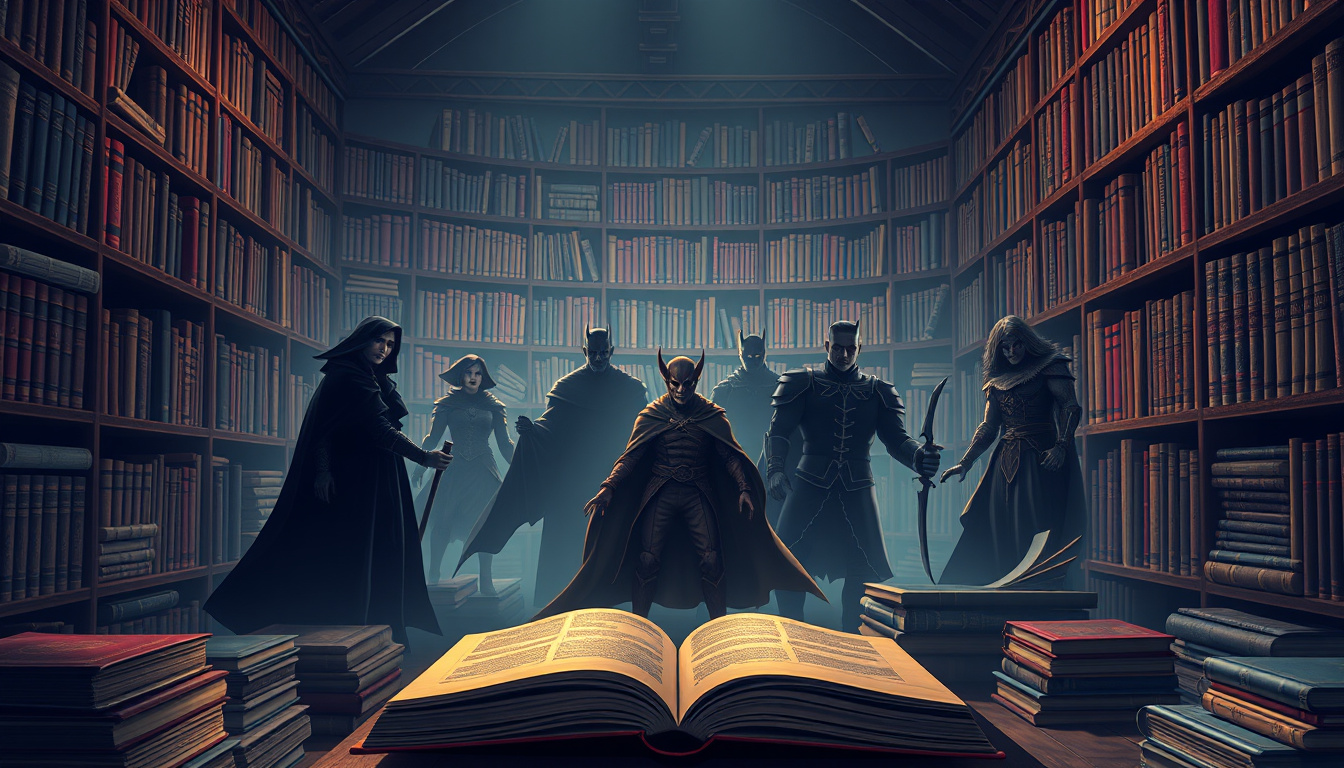
Introduction to Common Screenplay Mistakes
Screenwriting is a craft that requires both skill and artistry, blending compelling storytelling with the technical requirements of filmmaking. As aspiring screenwriters hone their craft, they often encounter a set of common pitfalls that can undermine the effectiveness of their scripts. Being aware of these mistakes can significantly increase the chances of their work standing out in a highly competitive field. This article will explore some of these frequent screenplay errors and provide guidance on how to avoid them.
1. Lacking a Clear Structure
A screenplay must have a clear beginning, middle, and end, structured in a way that logically progresses the story. Many screenplays falter because they lack this coherent structure, leading to a narrative that feels aimless or meandering. To avoid this mistake, familiarize yourself with the three-act structure or other storytelling frameworks that provide a roadmap for your narrative. This involves setting up your story with a strong opening, developing the plot and characters in the middle, and then bringing everything to a satisfying conclusion.
2. Overwriting Descriptions
Screenwriting is an exercise in economy, where every word counts. A common mistake among beginners is overwriting descriptions, whether it’s the environment, characters, or actions. This not only makes the script longer than it needs to be but can also bore or frustrate the reader. Aim for brevity and clarity in your descriptions, providing just enough detail to paint a picture while leaving room for the director and production team to bring their own vision to the project.
3. Neglecting Character Development
Characters are the heart of any story, and failing to fully develop them is a critical mistake. Each character should have their own distinct personality, background, and motivations. Avoid creating characters who serve merely as plot devices or who lack depth and complexity. A well-rounded character will engage the audience and drive the narrative forward. Consider using character biographies or other writing exercises to fully flesh out your characters before weaving them into your screenplay.
4. Poor Dialogue
Dialogue is a powerful tool in storytelling, but it’s also easy to get wrong. Common issues include dialogue that sounds unnatural or expository, where characters speak in a way that feels forced or solely serves to convey information to the audience. To avoid this, ensure that each line of dialogue is true to the character and advances the story in some way. Read your dialogue out loud, or better yet, have actors perform it to identify any awkward or unnatural sounding phrases.
5. Ignoring Genre Conventions
While it’s important to innovate and push boundaries, completely ignoring the conventions of your chosen genre can confuse or alienate your audience. Each genre, whether it’s horror, comedy, drama, or science fiction, comes with its own set of expectations. Be aware of these conventions and use them to your advantage to meet or subvert audience expectations in creative ways. However, be careful not to rely too heavily on clichés or tropes without offering a fresh take.
6. Failing to Show, Not Tell
“Show, don’t tell” is a foundational piece of advice for all kinds of writing, but it holds particular weight in screenwriting. Because film is a visual medium, it’s crucial to convey plot points, character traits, and emotions through actions and visuals rather than exposition. Lean on visual storytelling techniques and trust your audience to grasp the underlying messages without having them spelled out.
Conclusion
Avoiding these common screenplay mistakes requires practice, patience, and a keen eye for detail. By focusing on structure, economy of language, character development, authentic dialogue, genre conventions, and visual storytelling, you can significantly elevate your screenplay. Remember, every script is a learning opportunity, and each draft brings you closer to mastering the art and craft of screenwriting.






